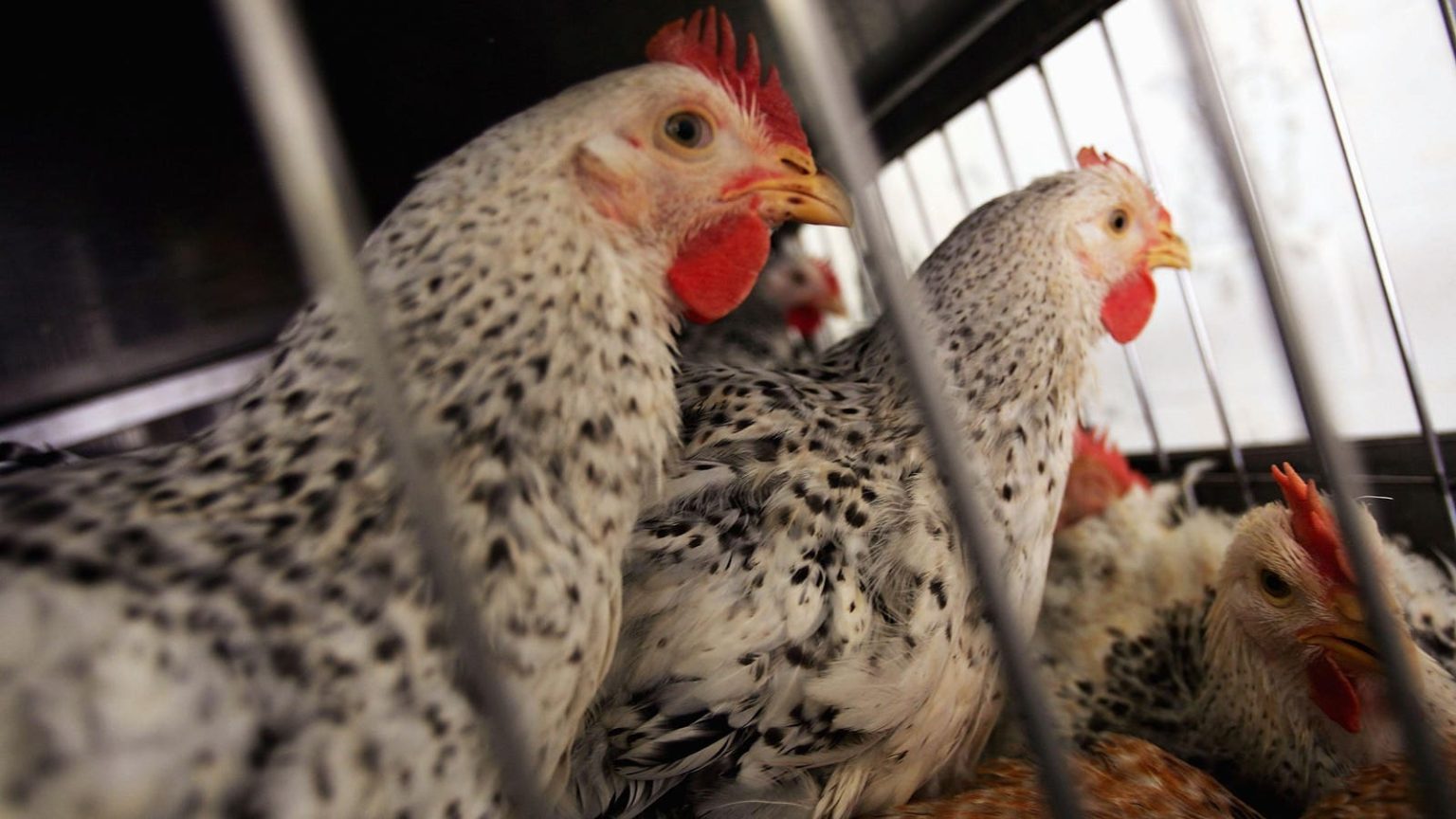A series of bird flu outbreaks have impacted 34 dairy cow herds in nine states, raising concerns about the possible transmission of the virus through contaminated poultry litter used as cow feed. While some experts have suggested that the chicken litter feed cows consume might contain traces of the bird flu virus, leading to the outbreaks, there is not enough conclusive evidence to link the two. Despite the lack of federal regulations on the use of poultry litter as feed for cows, some states like California prohibit its use for lactating dairy cows, though it is allowed for beef cows and other cattle.
Studies have demonstrated that chicken litter can harbor bacteria such as salmonella and E. coli, prompting concerns about the potential spread of the bird flu virus to cattle through contaminated feed. However, the exact mechanism by which cows may have contracted the virus from birds remains unclear. Jodie Guest, a senior vice chair at Emory University’s Rollins School of Public Health, highlighted the need for more information on the prevalence of using chicken litter as feed among affected herds before drawing definitive conclusions about the source of transmission.
While the Department of Agriculture has attributed the bird flu outbreaks to wild migratory birds, there have been reports of infected unpasteurized milk potentially causing cow-to-cow transmission. This raises further questions about the role of contaminated feed in the spread of the virus among cattle. Experts emphasize the importance of understanding the practices and sources of feed in affected herds to determine the potential connection between poultry litter and the bird flu outbreaks.
Poultry litter is commonly used as feed for cattle due to its cost-effectiveness and as a means of waste disposal. The use of poultry litter as feed was initially discouraged by the FDA in 1967 but later left up to state governments following extensive research. While there have been temporary bans on feeding cattle poultry litter due to concerns about disease transmission, such as the case of mad cow disease in 2003, the prohibition was later lifted. The potential risks associated with the spread of diseases like mad cow disease through contaminated feed remain a topic of concern within the agricultural industry.
In addition to the current challenges posed by the bird flu outbreaks in dairy cow herds, there have been instances of bird flu spreading to other animals through contaminated food. Reports of bird flu cases in domestic cats in 2023 raised alarms about the transmission of the virus through mink meat used in cat food. This highlights the broader implications of contaminated food sources in spreading infectious diseases among animals, underscoring the need for comprehensive monitoring and regulatory measures. As authorities investigate the sources of the bird flu outbreaks in dairy cows and other animals, the role of contaminated feed in transmitting the virus continues to be a subject of ongoing research and scrutiny.













